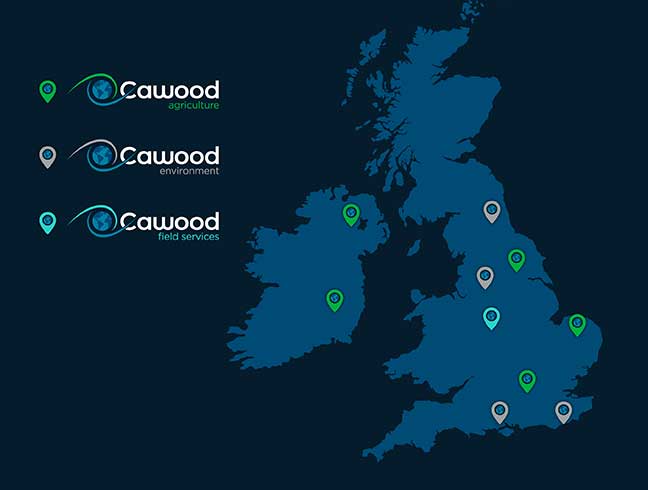Get control of your Quality Management
Q-Hub’s quality management tools help you handle NCRs, audits, and inspections effortlessly. From customisable checklists and quality notes to automated workflows, Q-Hub ensures your quality processes stay organised, compliant, and focused on continuous improvement.
























.png)